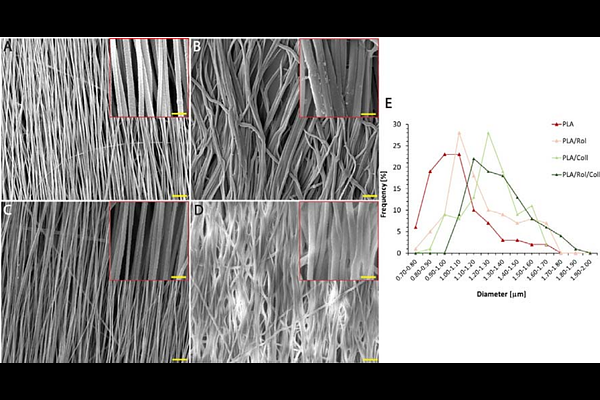Engineered collagen-coated scaffolds for tendon regeneration: a multifunctional drug delivery approach

Engineered collagen-coated scaffolds for tendon regeneration: a multifunctional drug delivery approach
Di Marco, C.; Romano, F.; Lopresti, F.; Campora, S.; Comelli, A.; Di Gesu, R.; La Carrubba, V.
AbstractTendon injuries rank among the most common musculoskeletal disorders, with their incidence rising steadily due to increased sports participation and an aging population. Current surgical treatments often fall short of clinical expectations due to poor biocompatibility, suboptimal mechanical properties, and frequent post-surgical fibrosis. Tissue engineering, however, offers promising alternatives by using biocompatible scaffolds that mimic the native tendon structure. This study aimed to develop an advanced tendon-like bundle replicating the microarchitecture and mechanical strength of native tendons. The scaffold was constructed from aligned electrospun poly-lactic acid (PLA) microfibers and designed to function as a drug delivery system for Rolipram, an antifibrotic agent. To improve cell-scaffold interactions, the scaffolds were coated with type-I collagen, a primary component of the tendon extracellular matrix (ECM). Morphological analyses confirmed the successful fabrication of smooth, well-aligned, bead-free fibers with controlled diameters, closely resembling the natural orientation and dimensions of tendon collagen fibers. Drug release was monitored for both uncoated and collagen-coated electrospun mats, with no burst release observed. Histological analysis demonstrated effective cellular infiltration by human tenocytes, with cells distributed throughout the scaffold after 14 days in culture. These results underscore the potential of tendon-like scaffolds as a promising platform for tendon repair, setting the stage for further optimization.